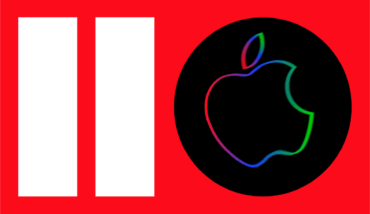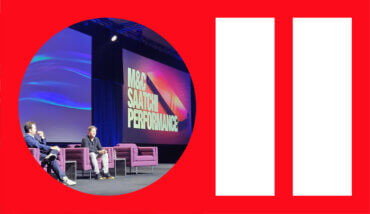Mobile is a fast-changing business. In the UK in 2012, it got faster in a more literal sense because of the launch of 4G by the “new” operator EE. We’ve been here before, with the networks promising a brave new world of fast, “always on” mobile connectivity when they went live with 3G in 2006. Anyone still struggling to open a simple web page with a 3G connection will know how hollow those claims were.
However, this time, there’s more substance to the hype. LTE – the technology behind 4G – is up to five times faster than 3G and is already in 18 UK towns and cities. And by May, Vodafone, O2 and 3 will be able to launch their own 4G services too.
Internet Advertising Bureau stats said UK mobile ad revenue hit £181 million for the first half of 2012, with display banners and text ads contributing £41 million, of which 20 per cent was rich media. I believe this rich-media share will grow as 4G takes effect and consumers start to engage with new forms of mobile advertising.
Medialets revealed that consumers spend an average of 20 seconds with mobile rich-media ads, but that this can rise to one minute when features such as games are built in. These formats also deliver better metrics to advertisers, which helps create better campaigns in the future.
Long term, 4G may usher profound changes – it has the potential to take some of those indoor Wi-Fi experiences into the outside world, for example. And there could be opportunities for retailers to offer high-bandwidth mobile downloads in-store to complement their physical offerings.
There will be a shift in the complexion of the market in 2013, with the iPad finally losing its iron grip. Some analysts claim that Apple’s share has already fallen below 50 per cent. A milestone, yes, but 50 per cent is still remarkable for one company offering a premium-priced product.
That said, consumers are embracing affordable alternatives, which finally offer an experience that compares with the iPad. This year, UK shoppers will be able to choose from Microsoft Surface, Google Nexus 7, Nook, Kindle Fire HD, Galaxy Tab and more.
The biggest phenomenon in mobile is the growth of smartphone ownership in emerging markets. For example, IDC reckons China will have accounted for 26.5 per cent of all smartphone shipments in 2012, with the US at 17.8 per cent.
This trend is being driven by the emergence of the sub-$100 device, particularly Android handsets mad by aggressive new original equipment manufacturers such as ZTE, Huawei and Micromax. The vast potential of this market has also given rise to new entrants such as Mozilla, whose Firefox OS is based on “open” web technologies and could liberalise the market for apps in these regions, with real opportunities for global-facing brands.
These same marketers should also be considering how best to exploit the network that will be opened up by this emerging market explosion: Facebook.
In 2011, MediaCom’s Stefan Bardega forecast that Facebook would finally enter the mobile ad space. He was right about that. It launched in spring 2012 and is now making $3 million per day from an army of 600 million mobile users spread across the world.
It’s based on fairly rudimentary text-based ad executions: News Feed, Sponsored Stories and Promoted Posts. Facebook’s great advantage is its user data, but I’m sure it is looking at introducing richer and more creative ad formats in 2013. The app downloads offer is by far the most promising mobile ad format on Facebook and will probably grow significantly in 2013.
Bardega also mentioned mobile wallets and near field communication-enabled payments. I fear he was a little premature here. There’s no doubt that the major preoccupation du jour is the mobile wallet. The argument is that, since money is mostly digital now, and more than 50 per cent of the population has a permanently connected computer in their pocket, payments simply must migrate to the mobile. Problem is: 1. No-one knows who will control this vast market and what the services will look like; and 2. It will take time for retailers to roll out the required equipment to support the interaction with NFC-enabled smartphones and enable payment.
The banks and card companies are very active. 2012 was the year they forged lots of alliances in mobile. Visa teamed up with Vodafone to set up Smart Pass, while Telefónica did a similar deal with MasterCard. Meanwhile, all four major UK networks set up Weve, which offers a central hub for buying ads and targeted offers to UK mobile subscribers. In time, Weve will also offer a wallet. In 2013, we’ll see these deals turn into live services. But they won’t be alone. There’s no concrete news on a UK launch for Google Wallet, but we can assume it’s coming. Then there’s PayPal. Maybe Groupon. Starbucks is bringing its mobile loyalty/payment app to the UK too.
And then there’s Apple, which will surely add more functionality to its Passbook loyalty card organiser app in 2013. If this includes payment, the knock-on effect will be huge and the market will begin in earnest.
View full article here.

